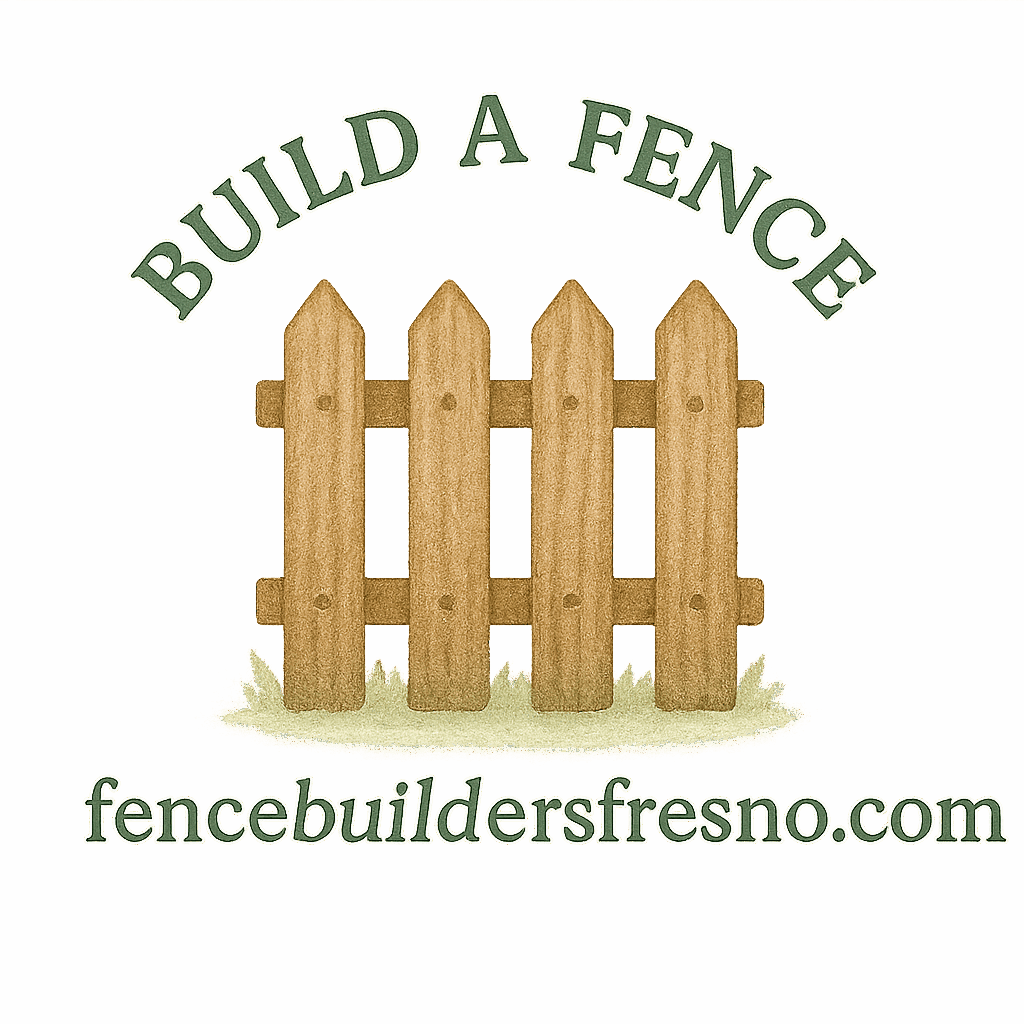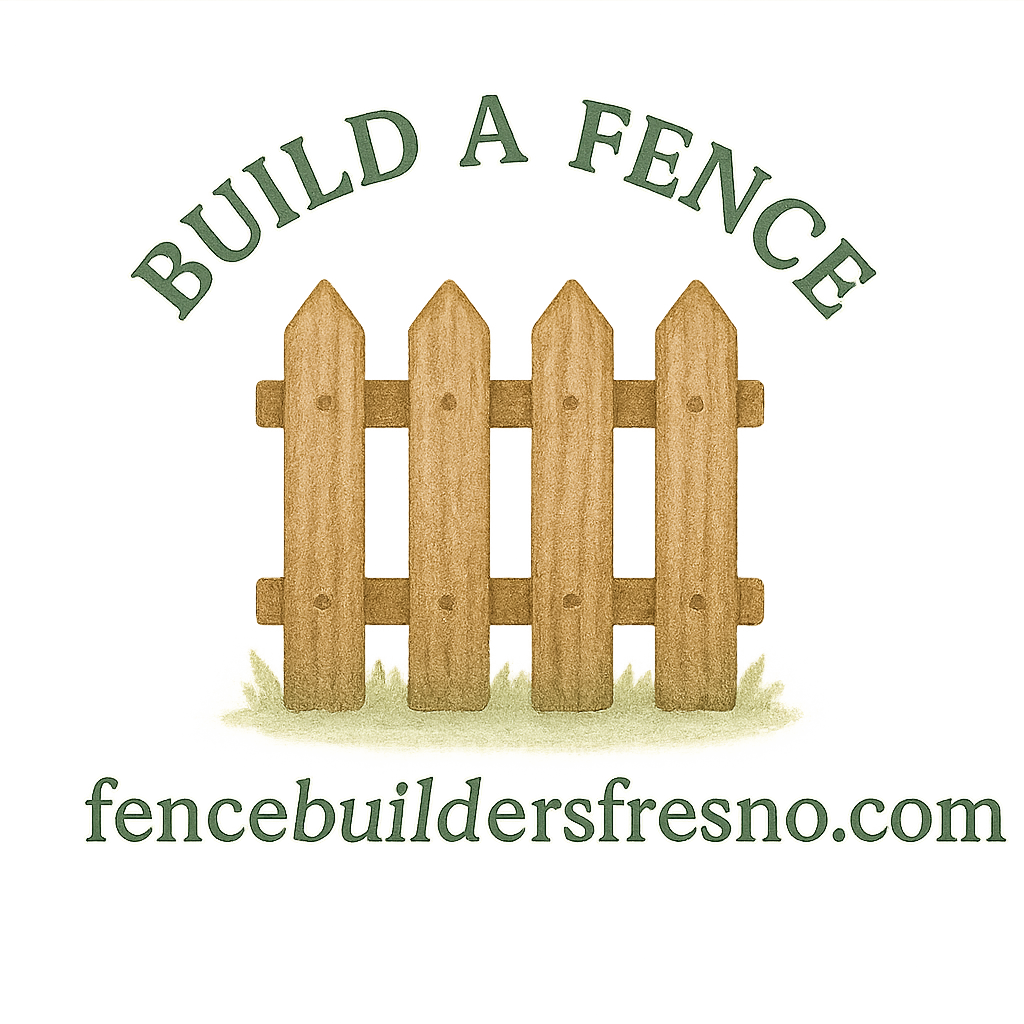Introduction
Thinking about building your own fence but worried about costs spiraling out of control? You’re not alone. Many homeowners dive into fencing projects with excitement, only to realize the budget quickly gets eaten up by unexpected expenses. The good news is—you don’t have to break the bank. With smart planning and practical strategies, you can save money while still building a fence that looks great and lasts for years.
In this guide, we’ll cover 10 actionable ways to cut costs in DIY fencing planning projects, plus bonus tips on maintenance, material selection, and avoiding costly mistakes.
Why DIY Fencing Planning Matters for Homeowners
DIY fencing gives you control, saves on labor costs, and lets you design a fence that matches your home’s style. But without proper planning, expenses pile up quickly. Whether you’re working on a front yard fence for curb appeal or a tall privacy fence, taking time to create a realistic budget and design is essential.
Planning ahead also helps you avoid issues like fence encroachment and ensures your fence complies with local property rights regulations. For a solid foundation, check out the fence design and planning guide.
Common Mistakes That Increase DIY Fencing Costs
Ignoring Property Lines
Building a fence over your boundary may lead to legal disputes and even force you to tear down your hard work. Always confirm your property lines with local records or surveys. If unsure, this legal property considerations resource can help.
Choosing the Wrong Fence Material
Cheaper isn’t always better. For example, untreated wood may cost less upfront but requires constant upkeep. Compare material durability with this guide on fence types and comparisons before you decide.
Overlooking Maintenance Needs
A stunning wood fence might look great, but without routine sealing and care, you’ll face costly repairs. Learn the basics of wood fence care to prevent unnecessary expenses.

10 Ways to Cut Costs in DIY Fencing Planning Projects
1. Start with a Clear Fence Design Plan
A proper plan is your blueprint for savings. It prevents overspending and keeps you on track. Before buying materials, use free resources like fence building basics to map out dimensions, materials, and style.
2. Compare Fence Types Before Buying
Every fence type has pros, cons, and costs. For instance, vinyl offers low maintenance, while wood offers flexibility in design. Review this detailed fence comparison guide to avoid regretful purchases.
3. Buy Materials in Bulk
Buying in bulk often gets you discounts from suppliers. Plus, you’ll minimize multiple trips, which saves on time and gas.
4. Reuse or Recycle Old Fence Materials
Don’t throw out old posts or panels too quickly. With sanding, painting, or sealing, they can be repurposed. Check out creative ideas under DIY fence projects.
5. Do Your Own Labor Whenever Possible
Labor makes up a big chunk of fencing costs. Digging post holes, mixing concrete, or painting can be done by most homeowners. If you’re new to DIY, check this practical fence installation guide.
6. Shop Around for Affordable Suppliers
Don’t settle on the first supplier. Compare prices across hardware stores and online shops. Sometimes, durable fencing materials are available at discounted rates—worth checking through deals like those mentioned in durable fencing tips.
7. Choose Low-Maintenance Fence Materials
While vinyl or composite fencing might cost more upfront, they save on maintenance over the years. Learn more about low-maintenance fences for long-term savings.
8. Handle Legal Property Considerations Early
Permits, HOA rules, and property disputes can derail your project. Save money and stress by reviewing legal fencing requirements before you build.
9. Use Simple Decorative Fence Additions
Stylish doesn’t have to mean expensive. Lattice tops, paint, or climbing plants can enhance your fence without high costs. Explore budget-friendly decorative fence ideas for inspiration.
10. Prioritize Durability to Avoid Future Costs
Durable fences cost less in the long run because they require fewer repairs. A strong, weather-resistant option like vinyl or treated wood ensures longevity. Read more about choosing durable fencing solutions.
DIY Fence Planning vs. Hiring Professionals
When DIY Saves You More Money
For straightforward projects—like a simple front yard fence or chain-link barrier—DIY can cut costs significantly.
When Professionals Might Be Worth the Cost
If your yard has tricky terrain, or if you’re facing a legal dispute over boundaries, hiring a pro could save you expensive mistakes.
Long-Term Savings Through Fence Maintenance
Regular Upkeep Tips
Think of your fence like a car—it lasts longer with routine care. Cleaning, sealing, and fixing loose nails help extend its lifespan. Explore these fence upkeep tips.
Preventing Costly Fence Repairs
Catching issues early prevents major repairs. Learn how to tackle common problems in this fence maintenance and repair guide.
Conclusion
Cutting costs in DIY fencing planning isn’t about cutting corners—it’s about smart choices. With a clear design, proper material selection, and awareness of legal and maintenance factors, you can build a fence that’s sturdy, stylish, and affordable. Remember, investing in durability today saves you from expensive fixes tomorrow.
FAQs
1. What’s the cheapest type of fence for a DIY project?
Chain-link is usually the most budget-friendly. However, wood can also be cost-effective if paired with the right wood fence care.
2. How do I know how much fencing material I need?
Measure your property lines carefully and add a small buffer for waste.
3. Is it legal to build my own fence without a permit?
Always check local laws. Start with this guide on legal property considerations.
4. What’s the best low-maintenance fencing material?
Vinyl fencing stands out for durability and minimal upkeep. Check out low-maintenance options.
5. How can I make my fence look stylish on a budget?
Paint, lattice, or simple decorative fence additions do wonders without big spending.
6. Should I repair or replace an old fence?
If repairs cover more than 30% of the fence, replacement is more cost-effective. See fence guide insights for help.
7. Can I mix different fencing materials to save money?
Absolutely! Combining vinyl fence panels with wood accents can balance durability and budget. Explore vinyl fence tips for ideas.


